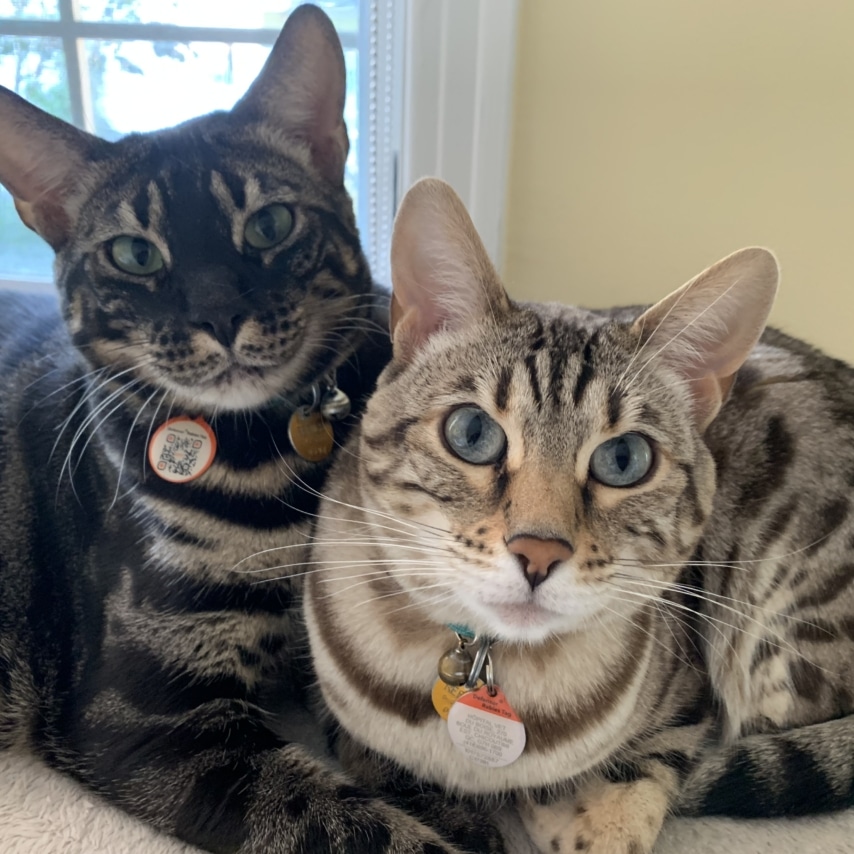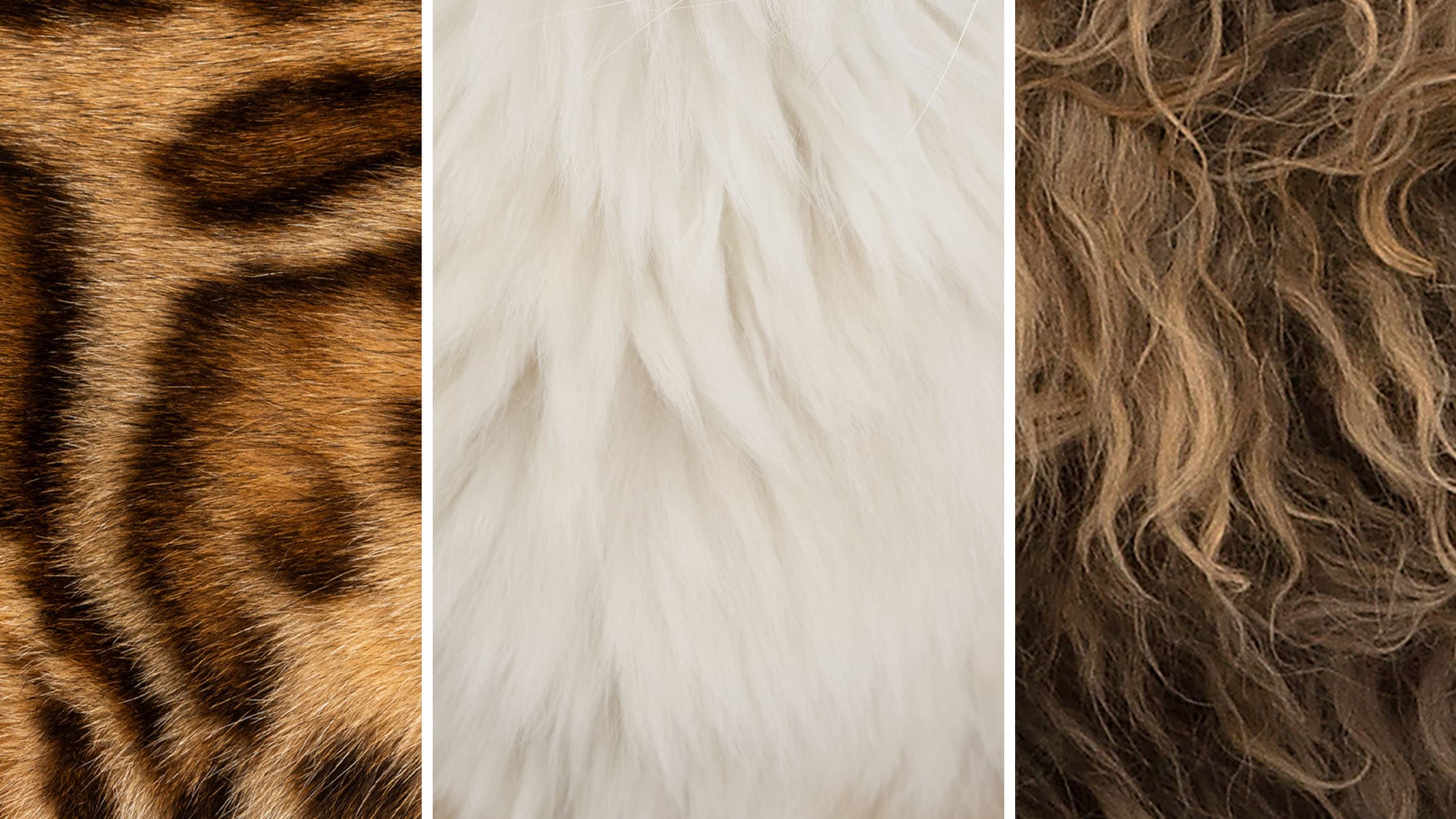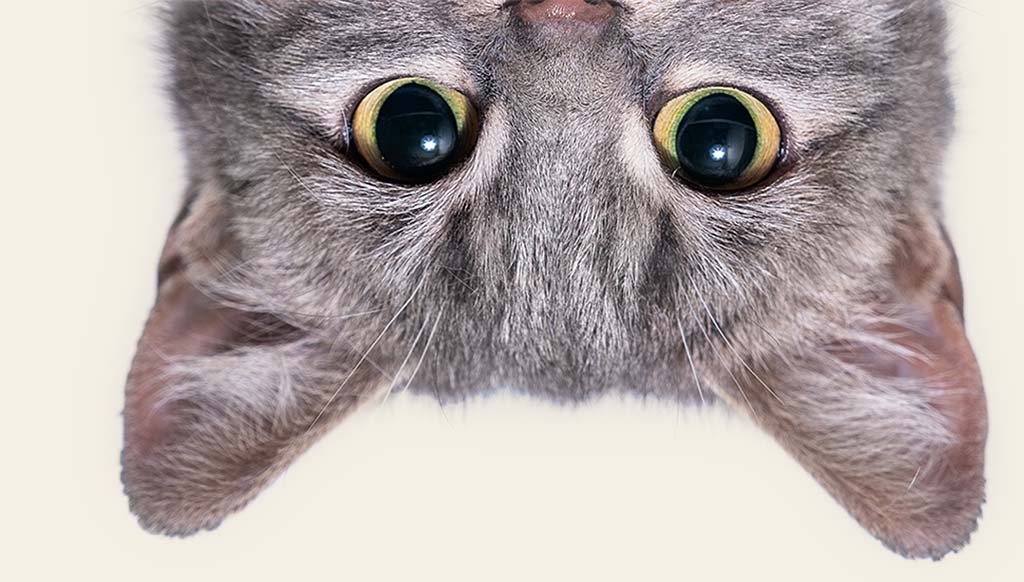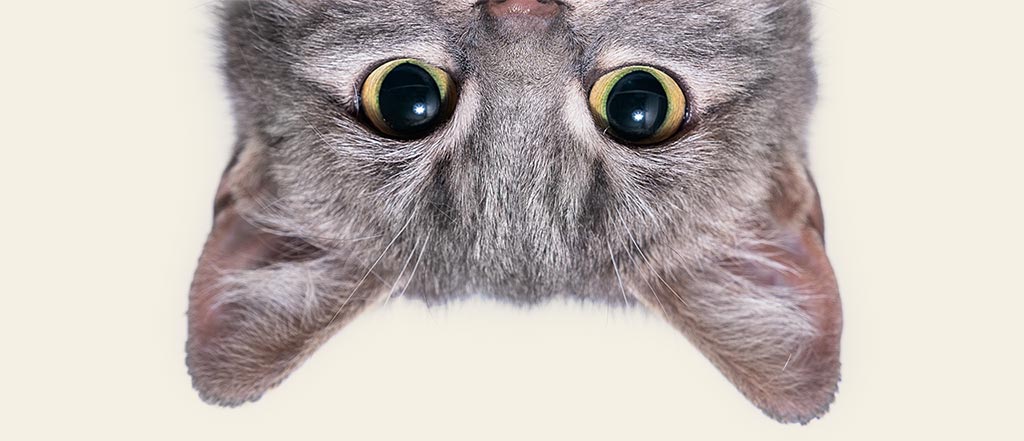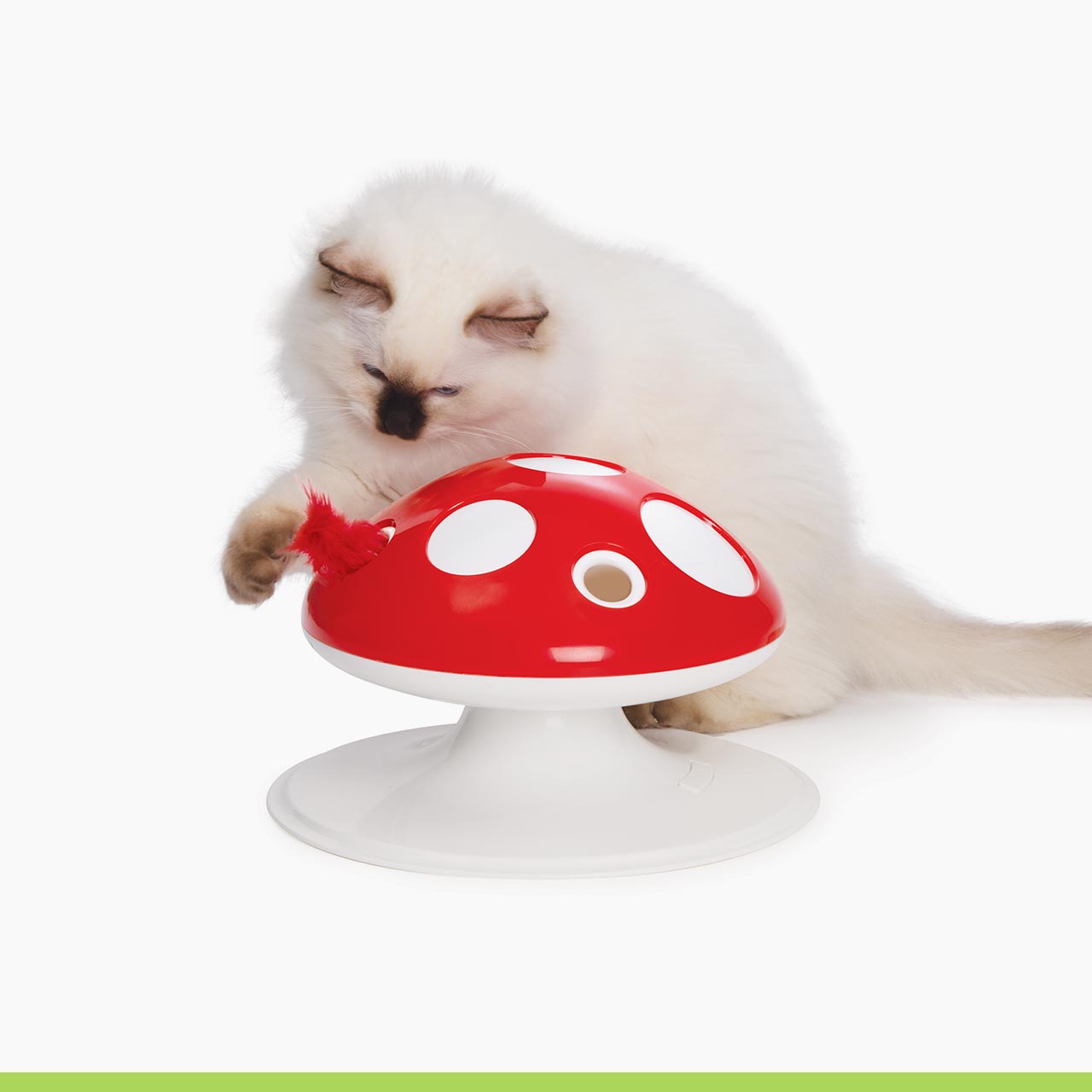In this article
Tabbies everywhere!
Many cats show stripes on their body, just like little tigers. It’s these cats that are called tabbies. While all cats possess some of the genes needed to make them look like a tabby cat, these genes can be masked by other genes, giving the cat a different pattern such as plain spots, or no pattern at all. The domestic cat’s ancestor, the African wild cat, has a tabby pattern. This is logical, as those stripes function as camouflage in the wild, helping the cats to stay hidden from predators such as coyotes, eagles, and owls. Even in feral domestic cats, the tabby pattern is more common than other patterns, as these kitties must survive in the wild, rather than to relax on the sofa.
Toulouse
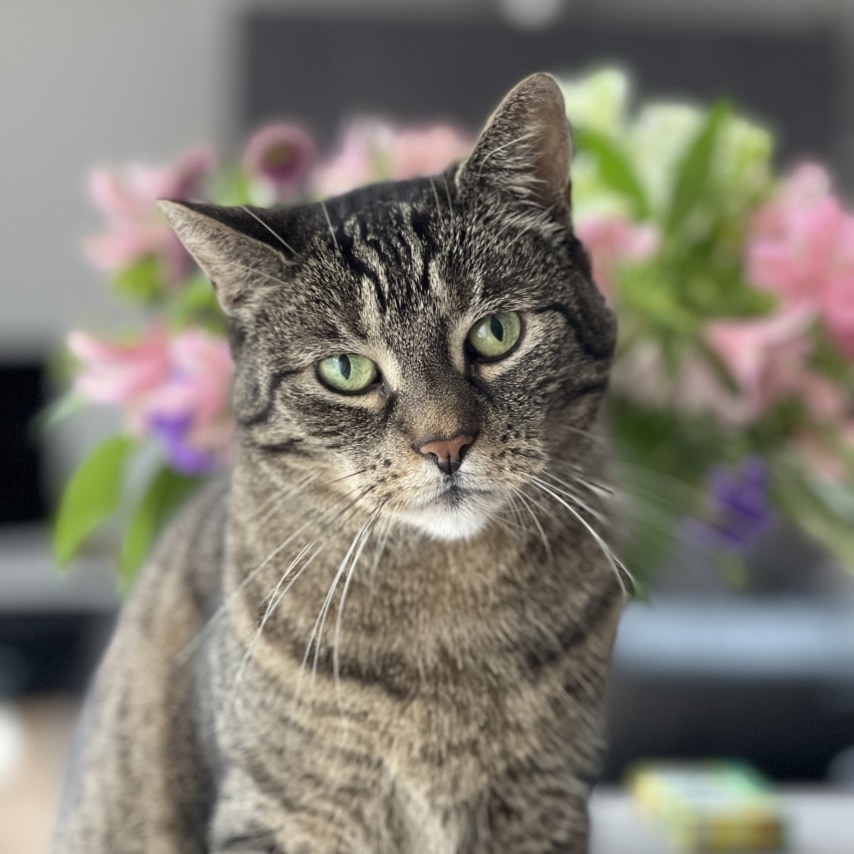
Mocha
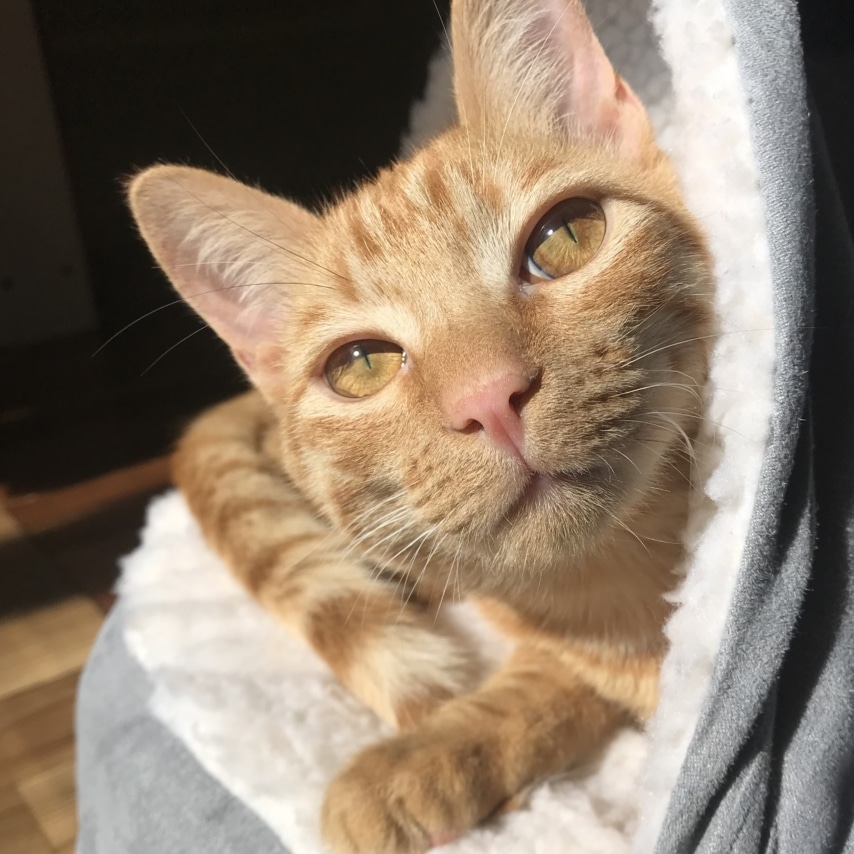
Tokio
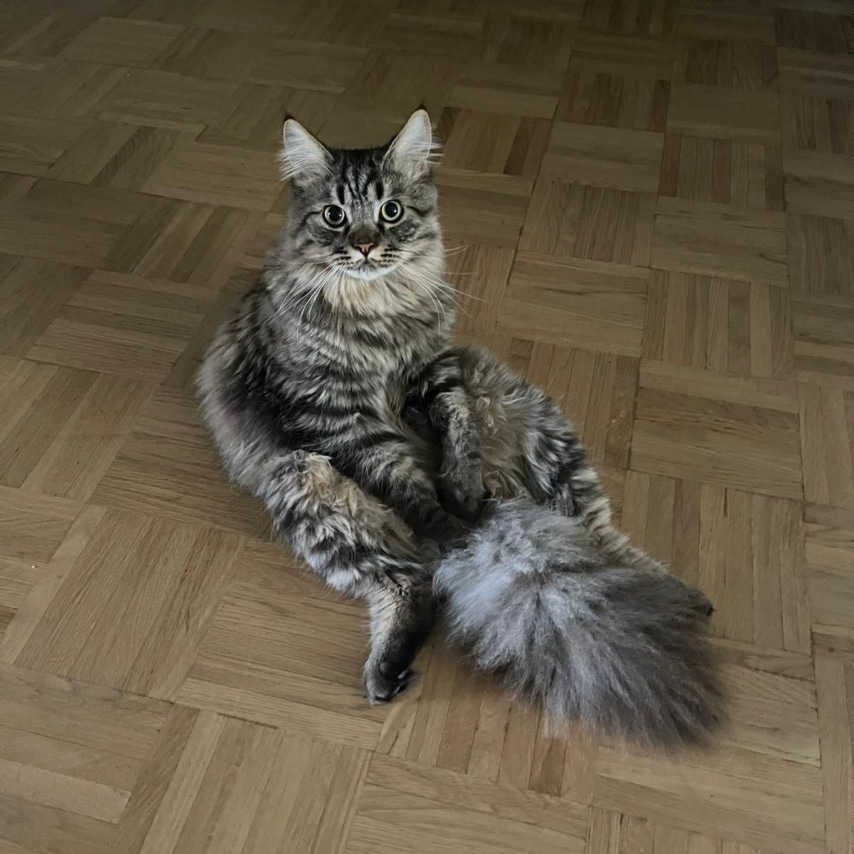
Coloring
In cats, it’s the X chromosome that determines which color their coat will be. Interestingly, genetically speaking there are only 2 options: cats are either black or orange. So, why do cats come in way more shades and colors than just plain black and orange? Well, as thousands of different genes are at play, certain genes paired with black or red strangely enough form other colors, such as blue – a specific shade of grey. Because certain genes can be ‘hidden’ in a cat’s DNA but become visible in their offspring, guessing which color a litter of kittens will be is pretty much a lottery, especially if you don’t know the parent cats’ ancestry and their genetic make-up.
Skyline
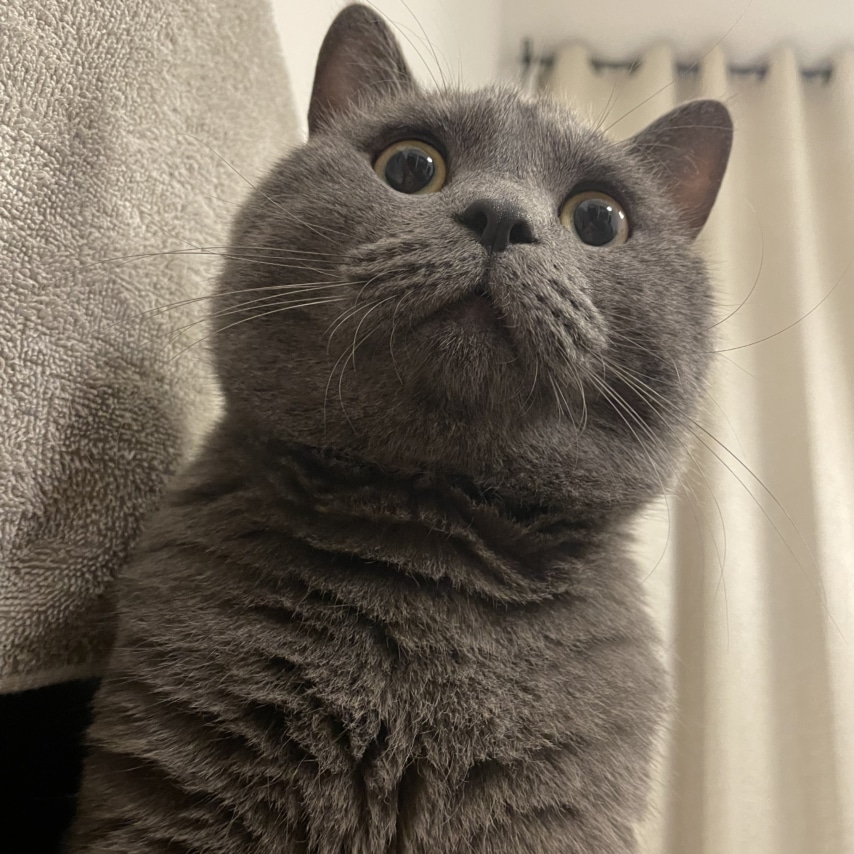
Mc Café
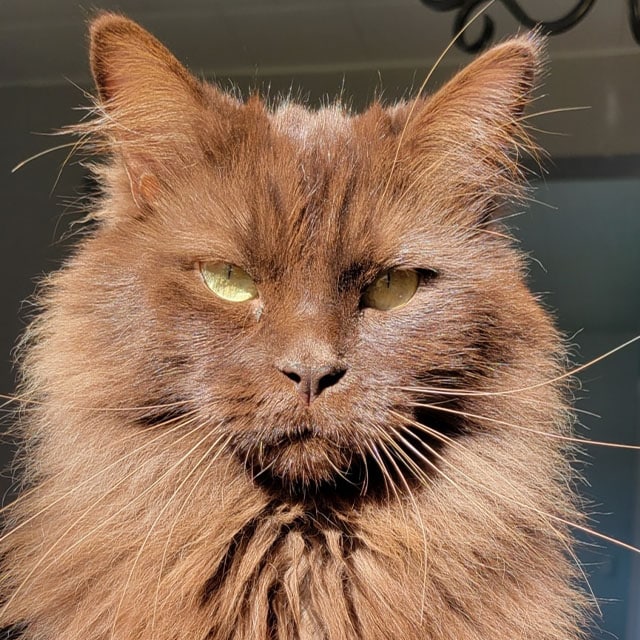
Murloc
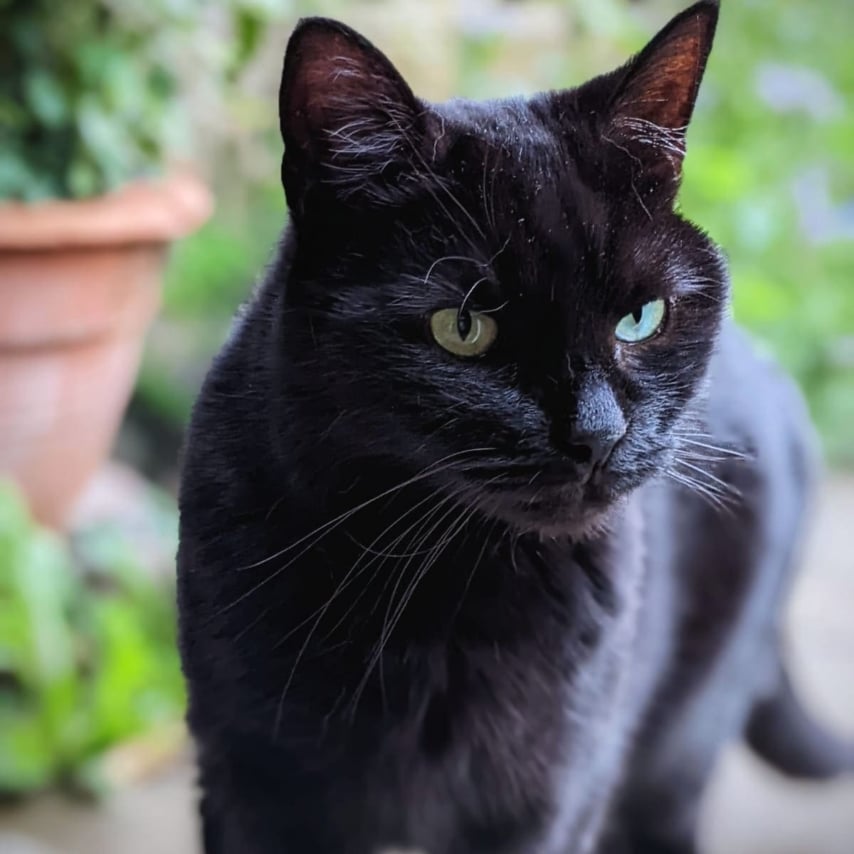
Orange boys
Did you know that most orange cats are male, and that calico cats are nearly always female? This is because the genetic information on which color a cat will be can be found on the X chromosome. Like humans, female cats have two X chromosomes (XX) while male cats have only one X chromosome and one Y chromosome (XY). As tomcats only have one X chromosome, only this single chromosome has to be coded for orange in order to give the tomcat an orange coat. In a female cat, both her X chromosomes have to be coded for orange, which is why male cats are twice as likely to be ginger than female cats.
Never miss an issue of the FREE My Cat Exclusive digital magazine!
Mario
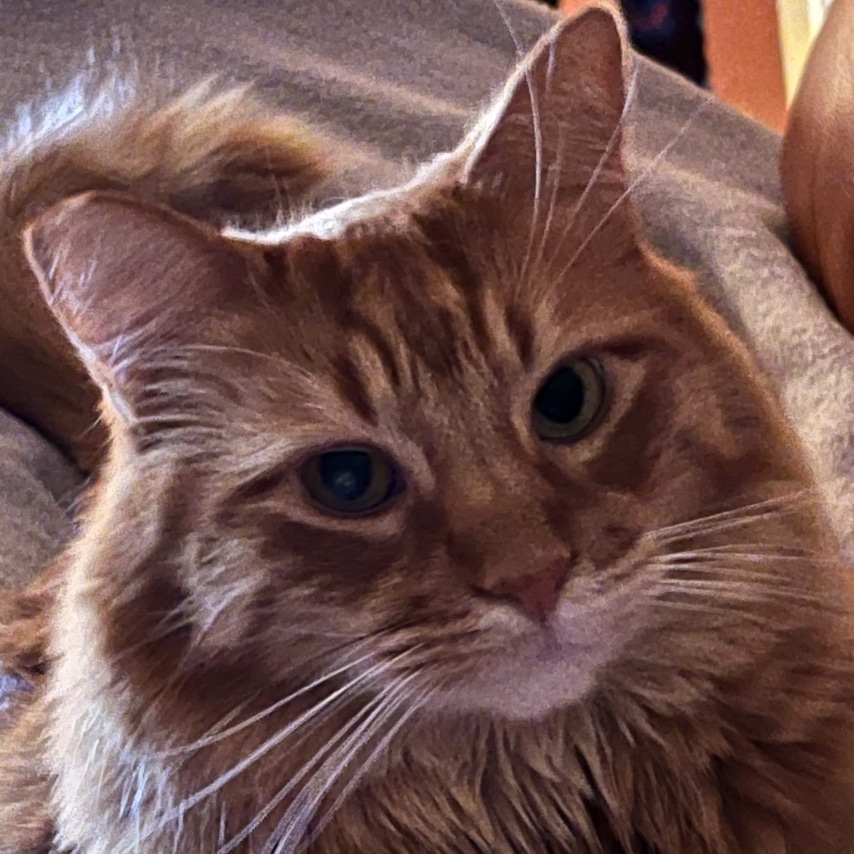
Bini
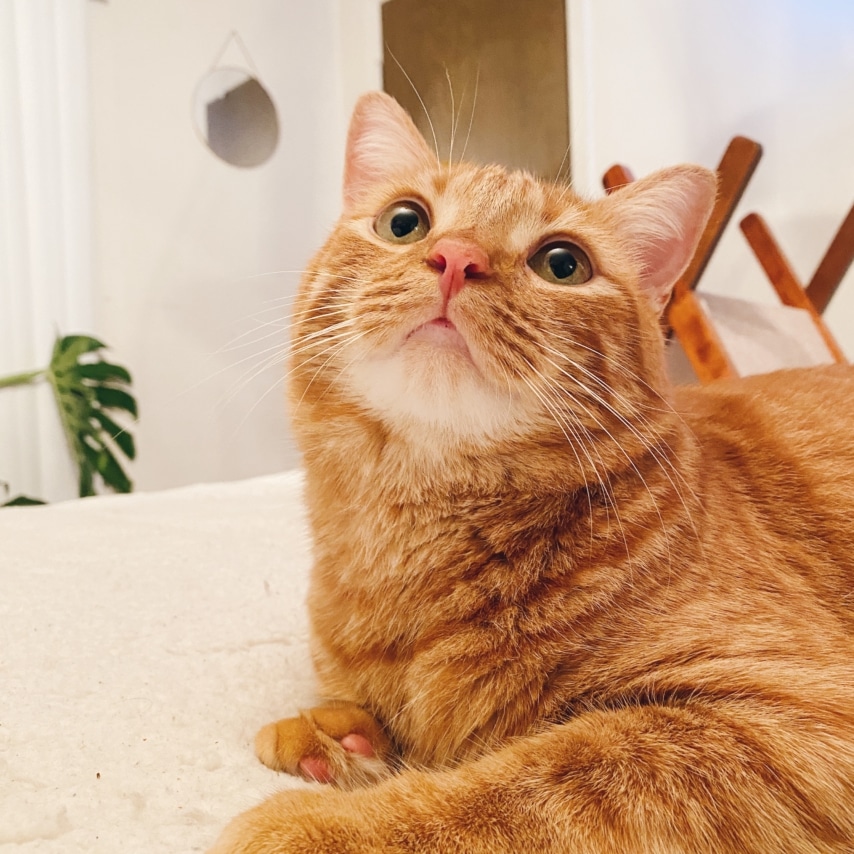
Toffee
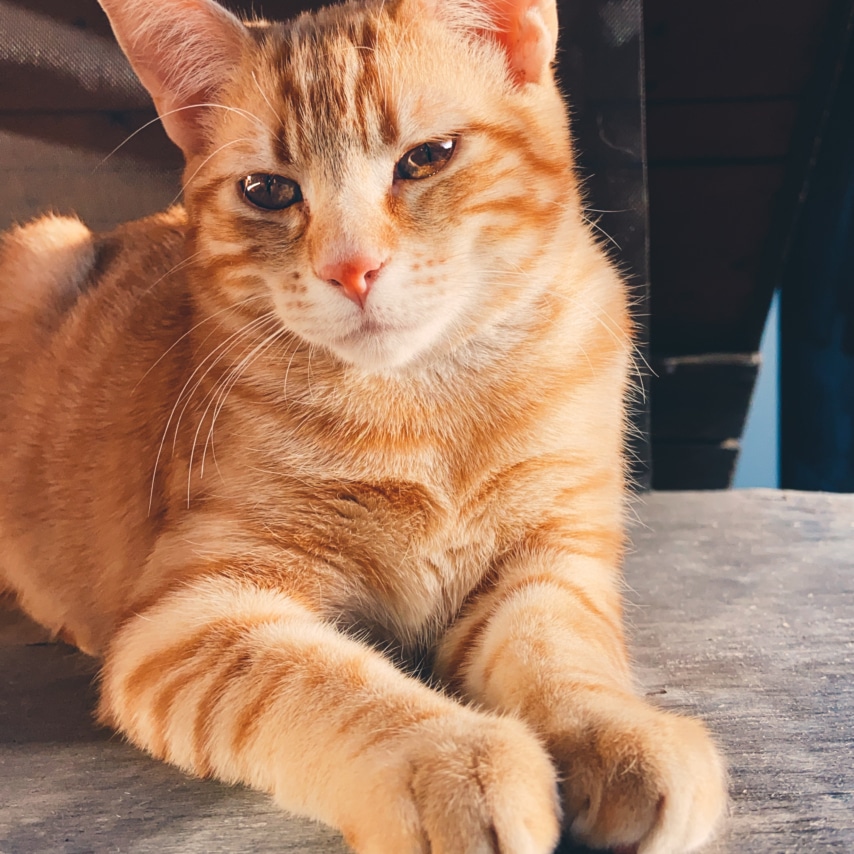
Calico Girls
As explained above, it’s the X chromosome that determines whether a cat is genetically black or orange. As male cats only have one X chromosome, they can never be black and orange at the same time. Female cats, on the other hand, have two X chromosomes (XX), which is why they can be both black and orange, and can thus have a calico or tortoiseshell pattern, while male cats can’t. However, there is a very rare exception to this rule. Some male cats are born with an extra X chromosome (XXY) and can therefore show a tortoiseshell pattern, just like female cats. These male tortoiseshell cats are very rare and are usually sterile.
Mary
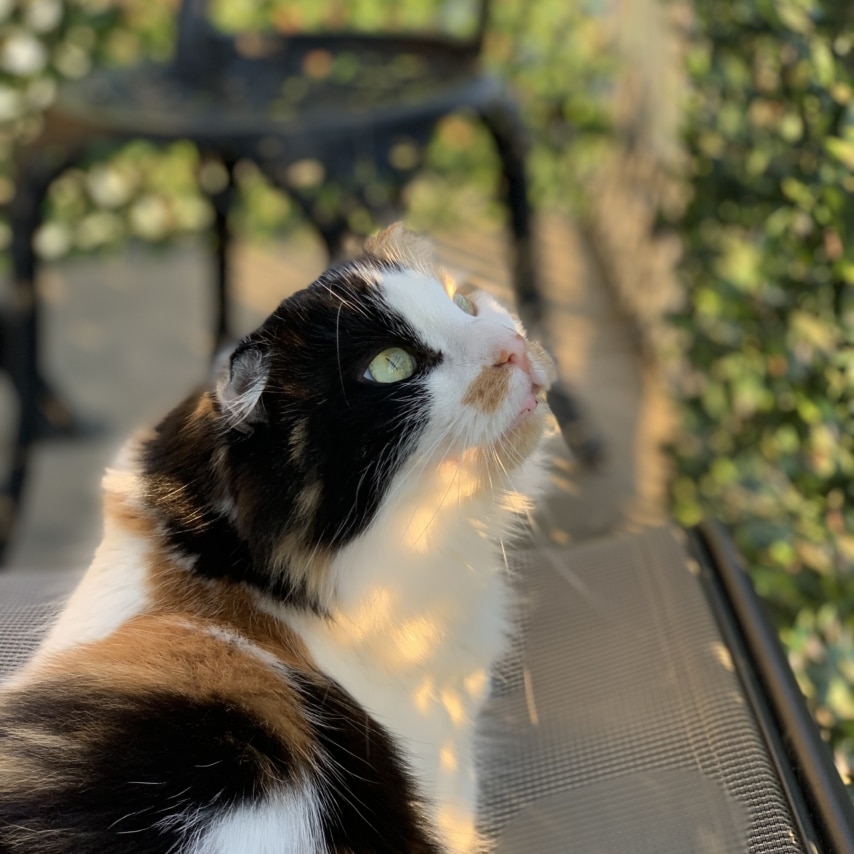
Janeway
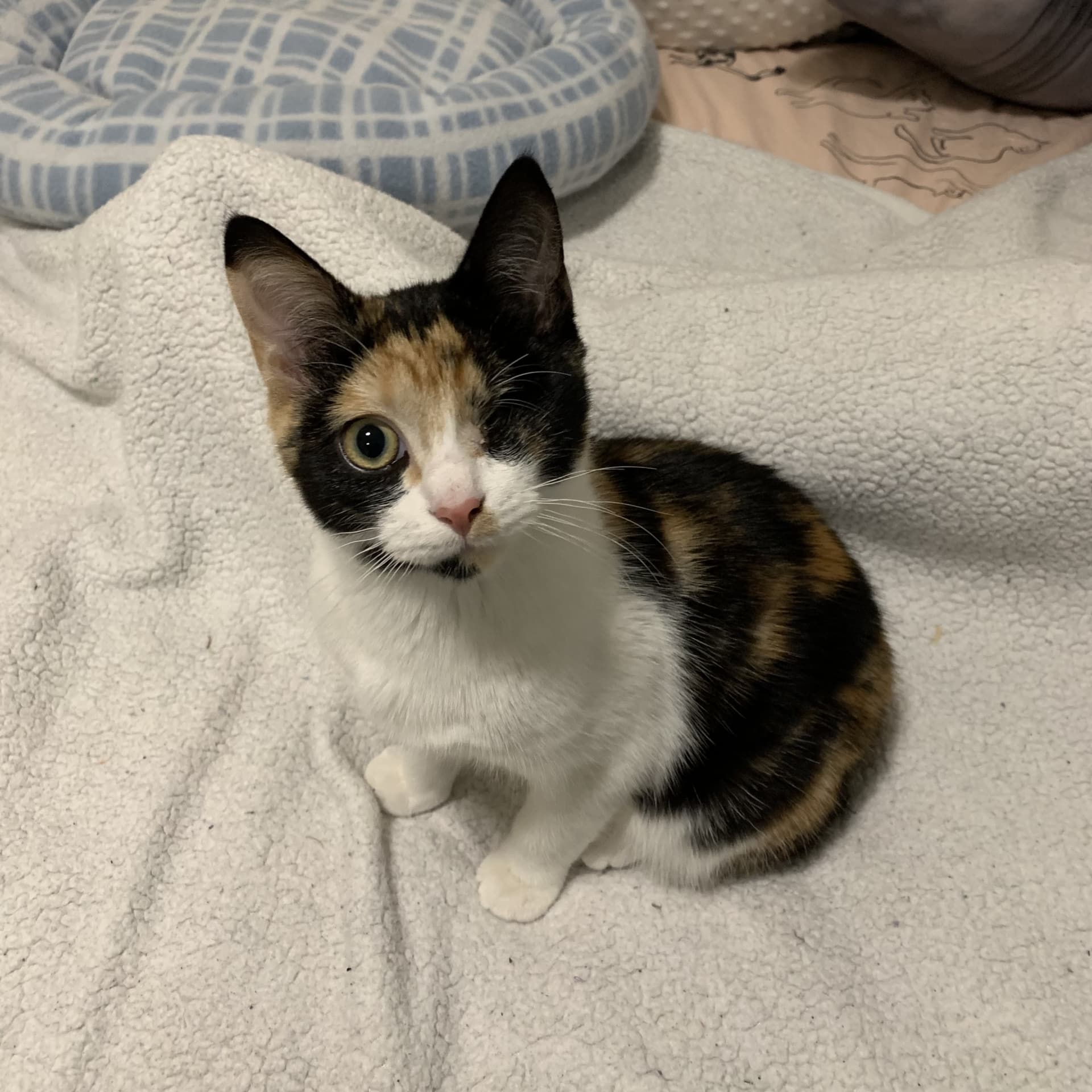
Tiffani
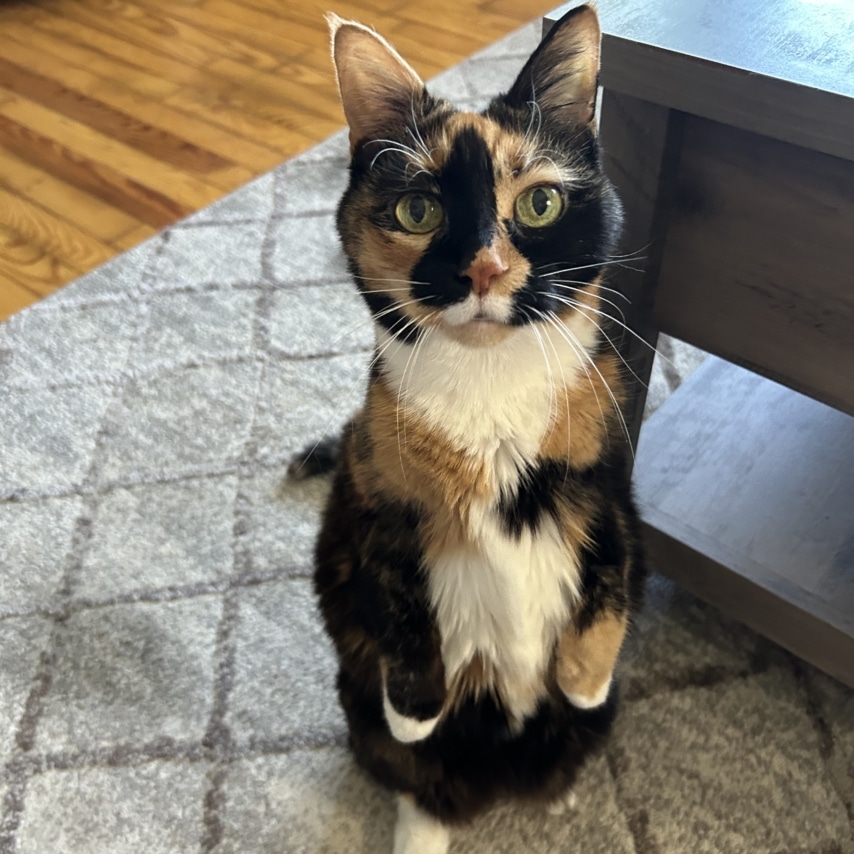
Fully white cats
Something exceptional occurs in fully white-coated cats. First of all, the whiteness is caused by a dominant gene which masks other colors or patterns. However, since the recessive genes can become active in the cat’s offspring, you can never really predict what a fully white cat’s kittens will look like. Secondly, white cats often have copper or blue eyes, although the latter can be problematic. White cats with blue eyes are often deaf, cats with one blue and one copper eye are often deaf on the side of the blue eye.
Serafina
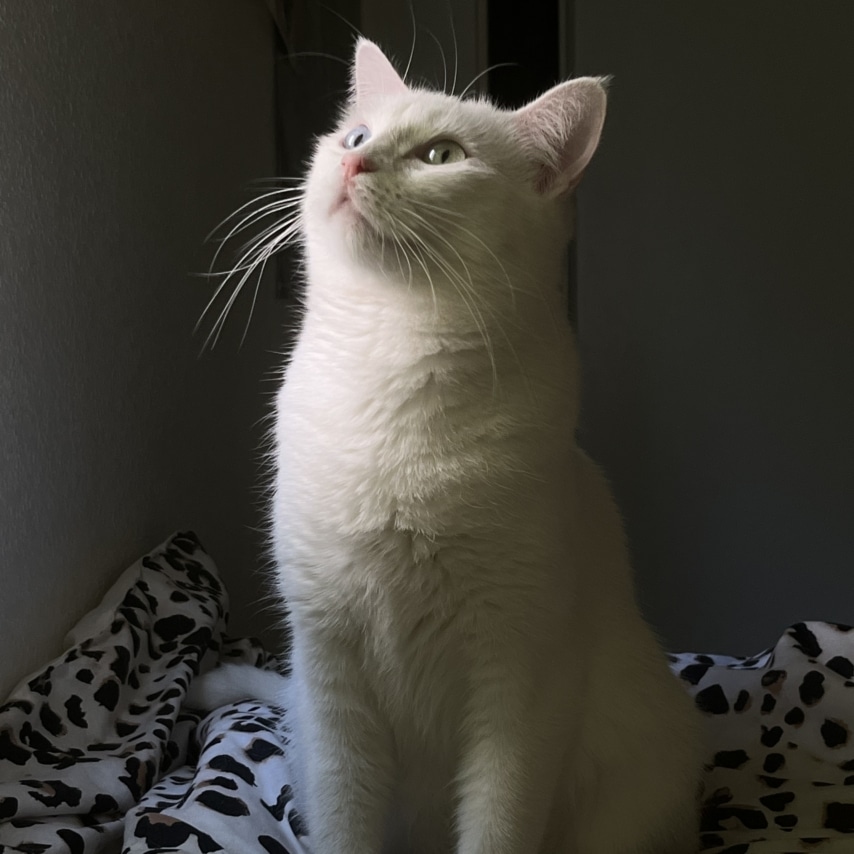
Noodle
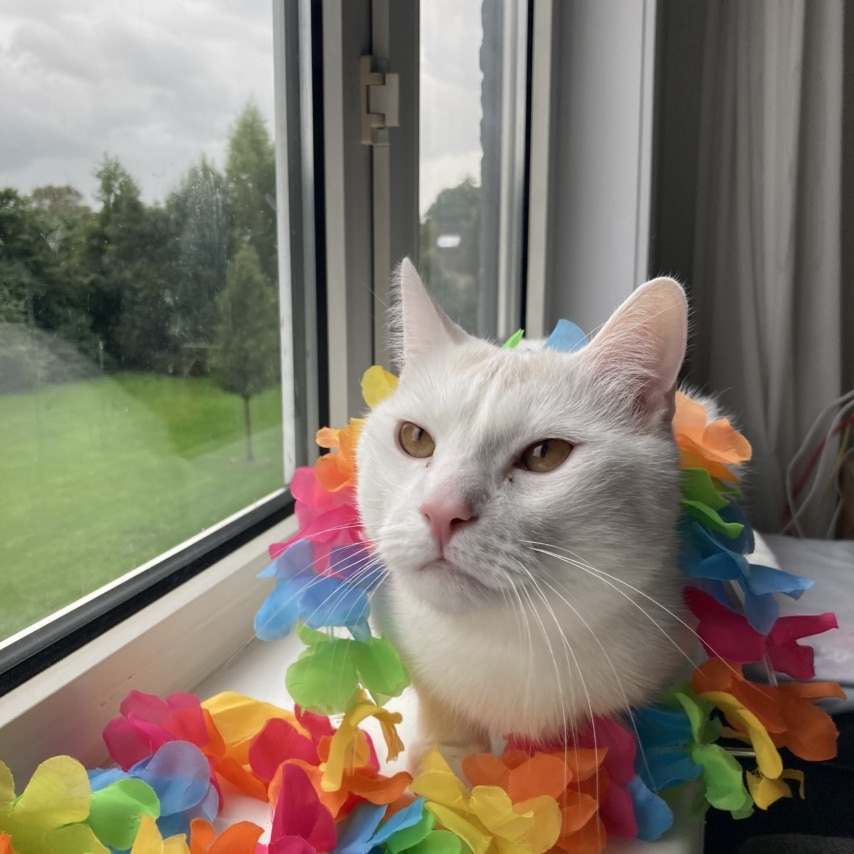
Mabel
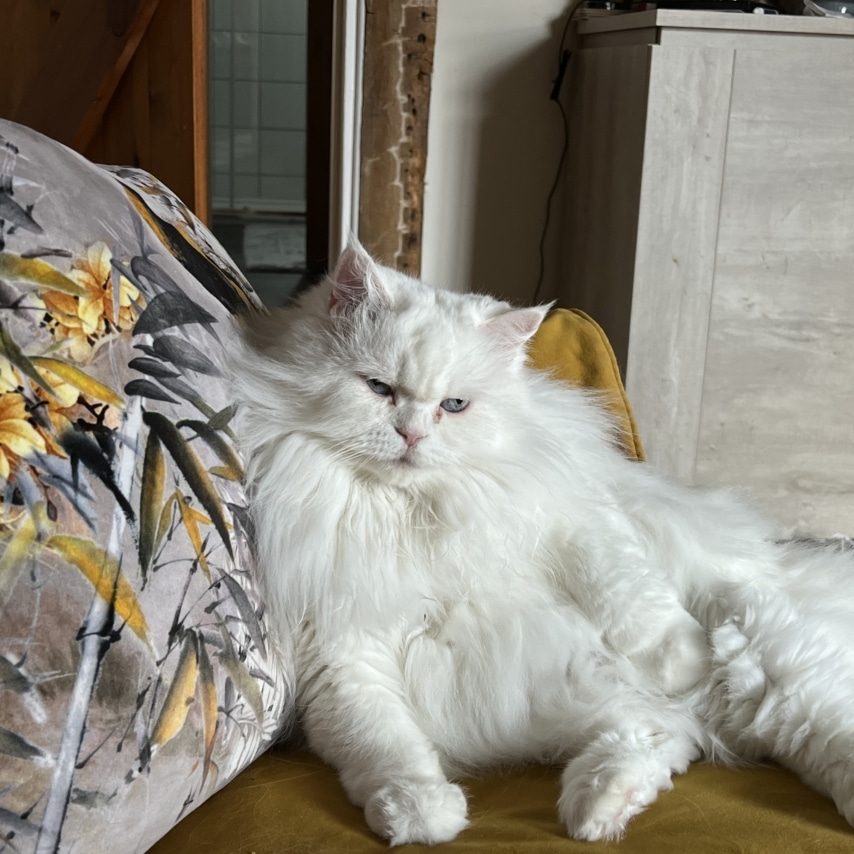
Shaded color
Some cats have a genetic mutation where the tips of their hairs are darker than the roots. Depending on how much of each hair is colored more darkly, these cats’ coat can be described as chinchilla, shaded, or smoke. The mutation creates a shimmering effect which is especially noticeable in long-haired cats. The gene causing this effect can be combined with all other colors, and so a lot of combinations are possible.
Lilicoon Benton
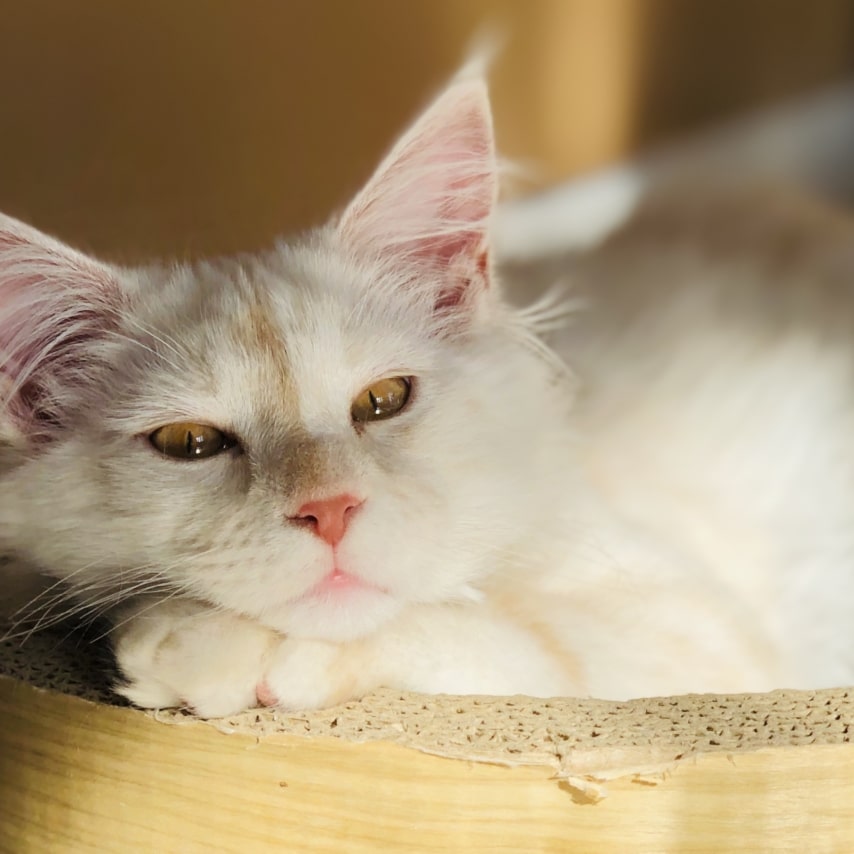
Isis Glamour & Amon Ra
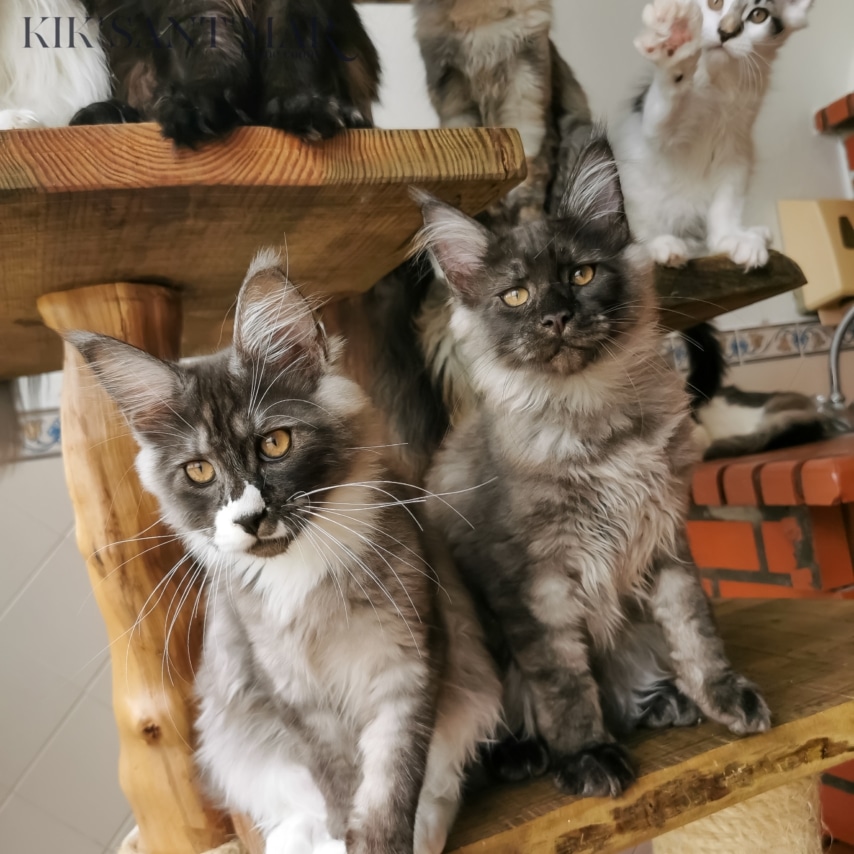
Zena
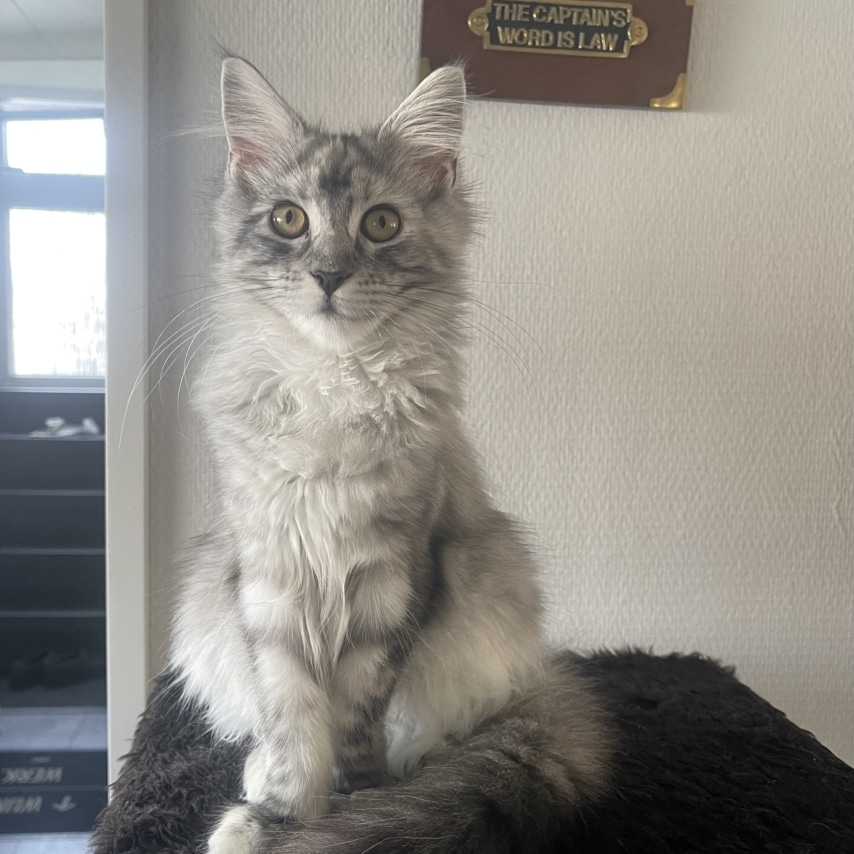
The pointed pattern and temperature
Did you know that some cats change color following the seasons? Colorpoint cats have darker ears, face, feet, and tail than the rest of their body. Now, the reason that these cats have darker extremities is that the enzyme that produces the pigment is sensitive to heat, and the cat’s main body is too warm for the enzyme to work properly. As a cat’s extremities are cooler because they are more exposed and the cat loses heat from these points, this – very minimally! – lowered temperature activates the enzyme and makes it produce more pigment. Colorpoint kittens are born completely white, as their entire bodies are nice and warm in the womb, but after a few weeks, they start to display the pointed pattern. Even as adults, Colorpoint cats’ fur shows darker during cold winters and lighter during hot summers.
Coconut
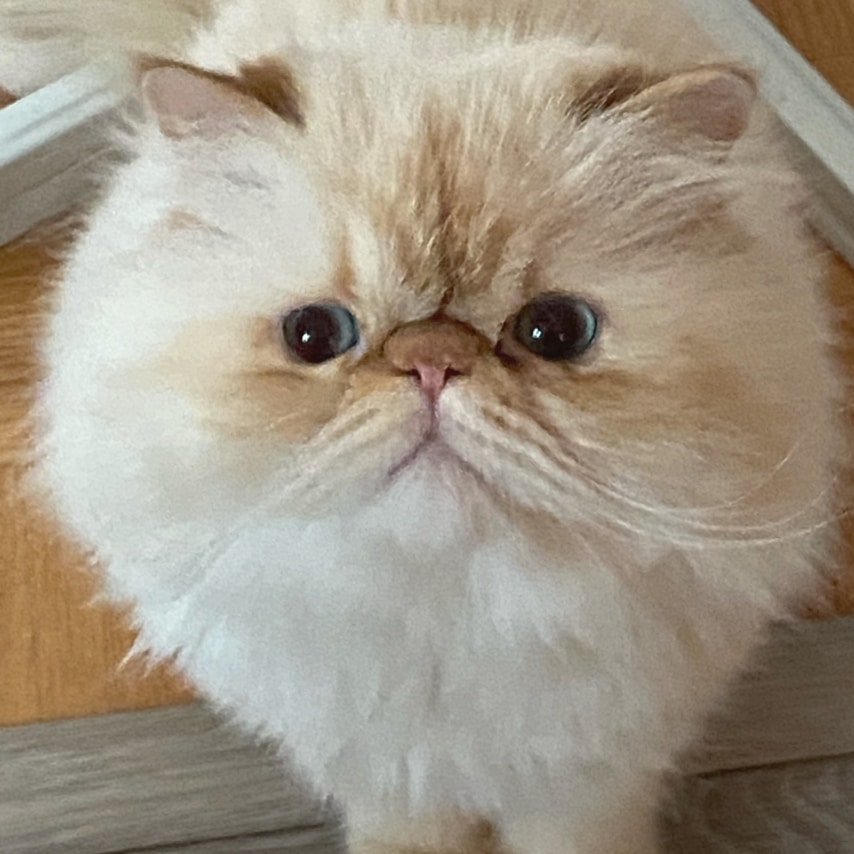
Grampa
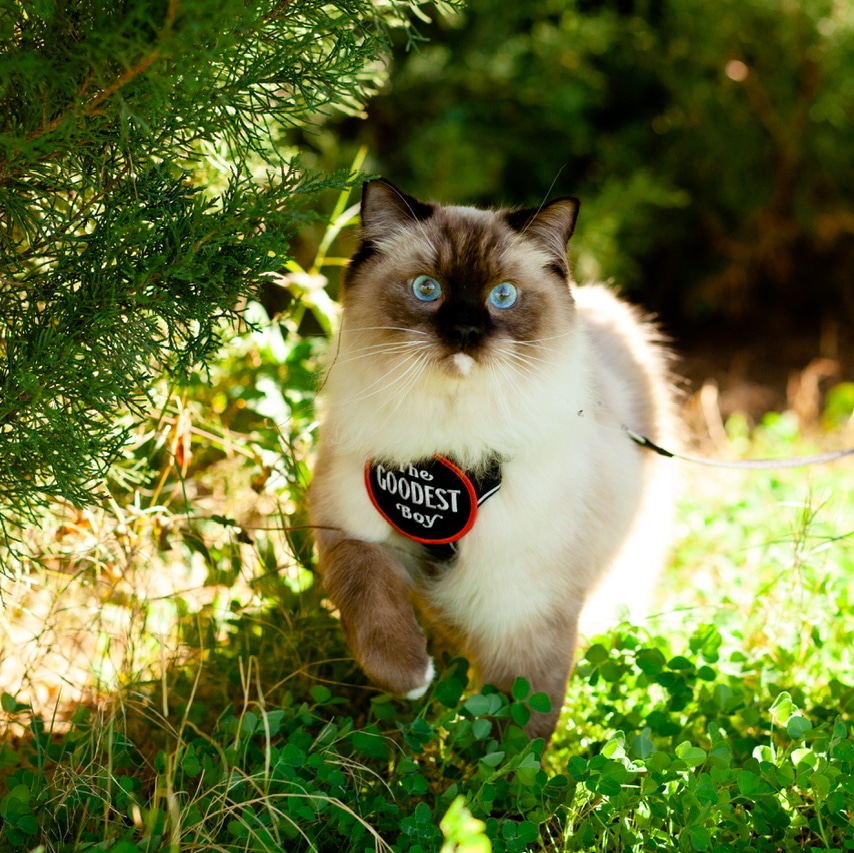
Elijah ‘Bobby Blue’ Grayson
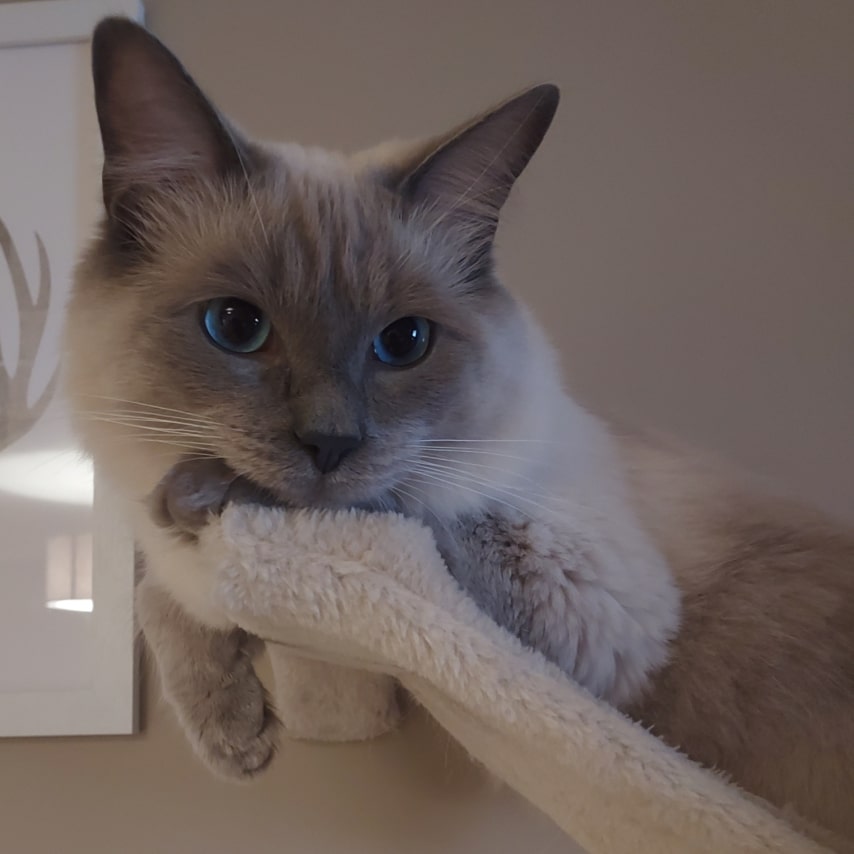
Hybrid coat patterns
Hybrid cats are a cross between a domestic cat and a wild one, and these felines are known for their incredible coat patterns. The breeds that stand out the most are the Bengal and the Savannah. While Bengal cats are domesticated and no larger than your average house cat, their coat pattern imitates the look of their wilder cousins. Bengals can have a rosetted, a spotted, or a marbled coat pattern. The most exotic and – for that reason – most popular coat is the rosetted one, as this one makes the cat look just like a tiny leopard. Savannah cats, on the other hand, are much taller than the average domestic cat and always have a spotted coat. However, their dark spots are generally solid black or brown, whereas the Bengal’s rosettes consist of a dark rim with a lighter coat at the center.
Poseidon

Zoé
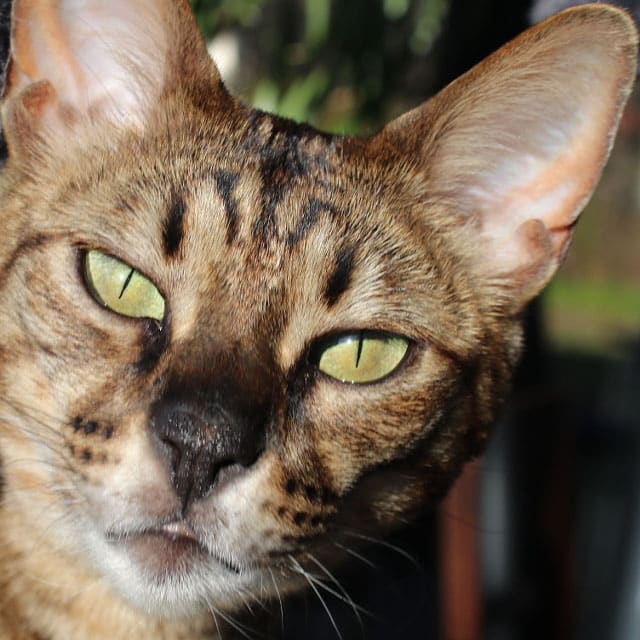
Noel & Lenny
